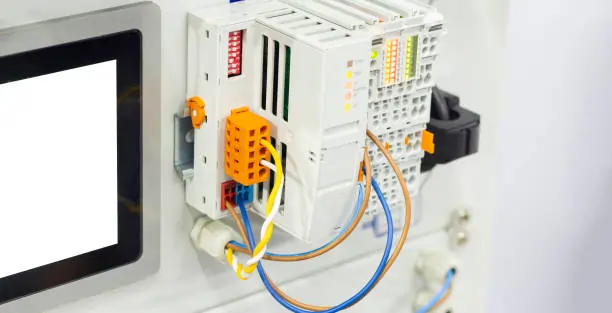System integration projects involving fieldbus technology frequently encounter preventable technical challenges that lead to extended commissioning periods, unexpected costs, and operational reliability issues. The sophistication of modern automation systems demands careful attention to design principles, installation practices, and configuration protocols that ensure optimal performance from the outset. Implementing advanced Fieldbus interface modules successfully requires understanding common pitfalls that have derailed countless integration projects, from inadequate network planning and improper grounding techniques to configuration errors and insufficient testing procedures. Learning from these documented failures enables engineering teams to develop more robust implementation strategies that deliver reliable, maintainable systems meeting both current operational requirements and future expansion needs.
Inadequate Network Architecture Planning
One of the most costly mistakes involves insufficient analysis of network topology requirements before equipment selection and installation begins. Many projects proceed with fieldbus coupler selection based solely on I/O count requirements, overlooking critical factors like communication timing, network loading, and fault isolation capabilities.
Improper segment length calculations frequently result in communication reliability issues that become apparent only during system commissioning. PROFIBUS networks, for example, require careful consideration of baud rate versus distance relationships, with 12 Mbaud operations limited to 100 meters without repeaters. Exceeding these specifications leads to intermittent communication failures that prove difficult to diagnose.
Network loading analysis often receives inadequate attention during design phases. Systems operating near theoretical capacity limits experience degraded performance during peak operational periods, with cycle times extending beyond acceptable ranges. Professional-grade network analysis tools can predict performance characteristics before installation, preventing costly redesign efforts.
Termination resistor placement represents another frequent oversight. Fieldbus networks require proper termination at both ends of each segment, yet installations often feature missing terminators, multiple terminators on single segments, or incorrect resistance values that cause signal reflections and communication errors.
Grounding and EMC Implementation Errors
Electromagnetic compatibility problems plague many fieldbus installations due to inadequate attention to grounding principles and cable routing practices. Digital communication signals prove particularly susceptible to interference from variable frequency drives, welding equipment, and high-current switching devices commonly found in industrial environments.
Ground loop formation occurs when multiple connection paths exist between system components, creating circulating currents that introduce noise into communication signals. Proper grounding schemes require single-point connections for cable shields, with careful separation of power and signal ground systems.
Cable routing through areas with high electromagnetic interference without appropriate shielding compounds communication problems. Maintaining minimum separation distances from power cables, using properly shielded communication cables, and employing ferrite cores where necessary significantly improve signal quality.
Many installations fail to implement proper cable shielding connection techniques. Shield connections require 360-degree contact with grounded enclosures, not simple pigtail connections that create antenna effects. Professional-grade cable glands and shielding clamps ensure optimal electromagnetic performance.
Configuration Management and Documentation Deficiencies
Complex fieldbus systems require comprehensive configuration management strategies that many projects neglect until problems arise. Version control for configuration files, backup procedures, and change documentation become critical for systems with dozens or hundreds of interface modules.
Parameter configuration errors represent common sources of system instability. Advanced interface modules offer extensive configuration options, but improper settings can cause communication timeouts, data corruption, or system crashes. Thorough understanding of parameter interactions prevents many configuration-related problems.
Documentation practices often lag behind actual system implementation, creating long-term maintenance challenges. Complete documentation should include network topology diagrams, I/O assignment tables, configuration parameter settings, and troubleshooting procedures specific to the installation.
Change management procedures frequently receive insufficient attention during project development. Systems evolve throughout their operational life, requiring structured approaches for implementing modifications without introducing new problems or compromising existing functionality.
Testing and Commissioning Protocol Oversights
Rushed commissioning schedules often result in inadequate testing procedures that fail to identify latent system problems. Comprehensive testing should include communication verification, fault simulation, and performance validation under various operating conditions.
Load testing rarely receives appropriate attention during commissioning phases. Systems may perform adequately during initial testing but fail under full operational loads due to timing constraints or resource limitations. Staged testing procedures help identify capacity-related issues before production startup.
Environmental testing often gets abbreviated due to schedule pressures. Temperature cycling, vibration exposure, and electromagnetic interference testing reveal potential reliability issues that may not manifest during controlled commissioning conditions.
Read more: Top Features to Look for in a Plastic Wheelie Bin with Sturdy Construction


